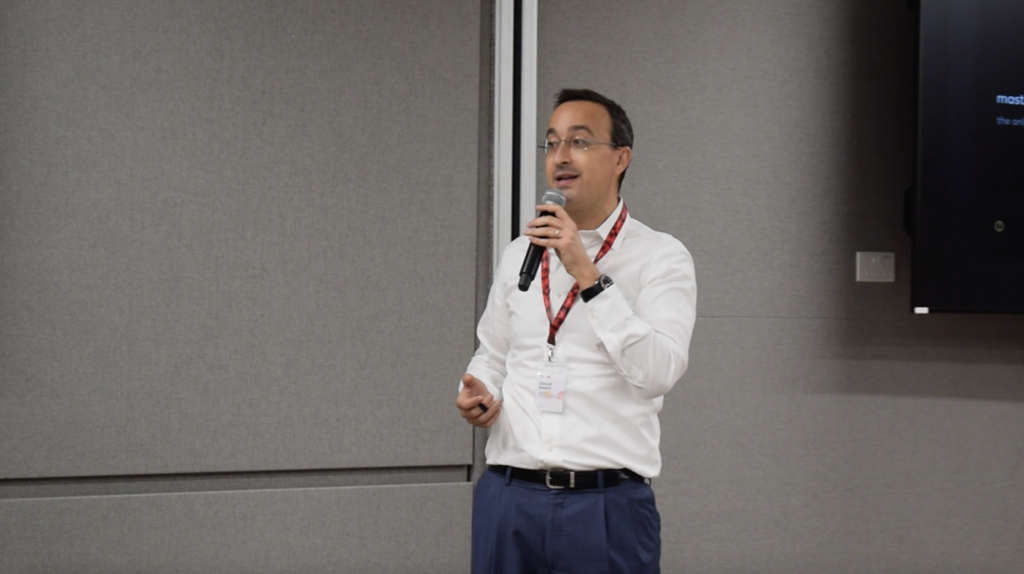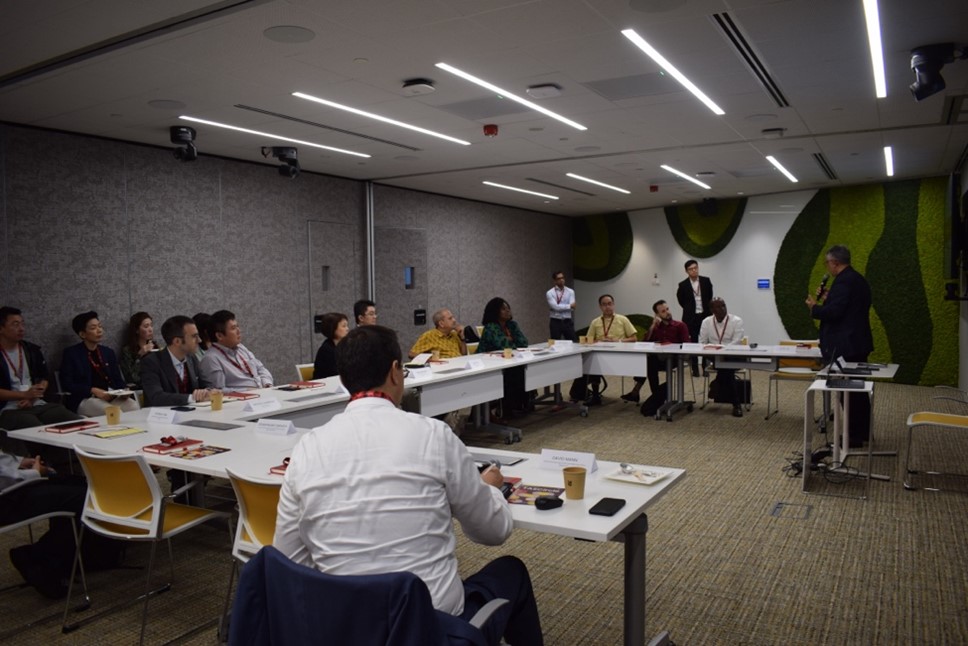TASConnect kicked off its first TASCircle of 2025 in Singapore, co-organised with Mastercard, bringing together senior leaders across finance, procurement, and supply chain to examine one pressing theme: “Tariff Turbulence: Rethinking Supply Chain Resilience and Liquidity in a Fragmented Trade Landscape.”
With the U.S. tariff pause set to expire on July 9, the session came at a critical moment. Many organisations are facing the prospect of renewed trade friction, just as they had begun stabilising their supply networks in the post-pandemic landscape.

The discussion opened with a macroeconomic outlook from David Mann, Chief Economist at Mastercard (AP & MEA), who raised a pointed question about whether the U.S. would follow through on its proposed tariff plans—highlighting the uncertainty surrounding future trade policy under a potential second Trump administration. He contrasted the China+1 strategy of Trump’s first term with the potential tariff-heavy approach of a second administration. In an environment where policy shifts can derail multi-year supply chain plans, he suggested the “safest action might be no action”—yet few businesses have the luxury of standing still.
Relocation and diversifying
That uncertainty framed the roundtable conversation. Participants agreed that while geopolitical volatility isn’t new, the stakes today are higher. Many companies that began relocating or diversifying their supply chains during Trump’s first term now face disruption once again—this time just as strategies were beginning to mature.
Forecasting remains a challenge
One of the clearest themes to emerge was the challenge of forecasting. During a live poll, 75% of attendees identified forecasting difficulty as their top concern, underscoring how political and economic unpredictability continues to frustrate even the best-laid plans.
Rising margin pressure
Other issues surfaced as well. Rising margin pressure, particularly upstream in the supply chain, is forcing businesses to re-evaluate pricing and sourcing. Currency volatility, especially across Asian markets, is creating large financial swings, while some suppliers are struggling to remain competitive amid aggressive undercutting from rivals. One participant noted that “the higher you are in the supply chain, the more amplified the tariff impact becomes.
Operationally, supply chain complexity is increasing. More transhipments are leading to longer lead times, and in some cases, organisations are reverting to costlier air freight to ensure reliability. Others shared that clients are accelerating import orders, leading to inventory aging and higher holding costs.
Interestingly, some attendees observed contradictions in market behaviour: while some clients have delayed investment decisions amid uncertainty, others have responded by fast-tracking projects and shifting supply routes more quickly than expected.
Digitalisation is key to unlocking liquidity
In another poll, when asked what strategies their organisations were currently using to strengthen supply chain liquidity:
- 77% were relying on internal treasury tools
- 54% had adopted payables financing
- 31% were using dynamic discounting or trade finance options
These figures paint a clear picture: while traditional treasury methods still dominate, there’s increasing openness to more collaborative, tech-driven liquidity strategies—particularly as margin pressures intensify and banks pull back on lending.

As Kingshuk Ghoshal, CEO of TASConnect, noted during the session:
“Supply chain reconfiguration is no longer optional—it’s a strategic imperative. As tariff uncertainty intensifies, organisations must digitise and diversify not just their supplier base, but also their liquidity strategies.”
Kingshuk also highlighted that TASConnect has observed a 40–50% decline in trade volumes over the past 18 months, driven by rising interest rates, tariff friction, and reduced bank lending appetite. However, demand for fintech-powered working capital solutions is surging—with client inquiries more than doubling, especially among companies seeking cross-border liquidity and procurement agility.

The session closed on a common understanding: resilience is no longer just operational—it’s financial. Businesses that succeed in this new landscape will be those that can move fast, fund faster, and adapt ahead of disruption.








